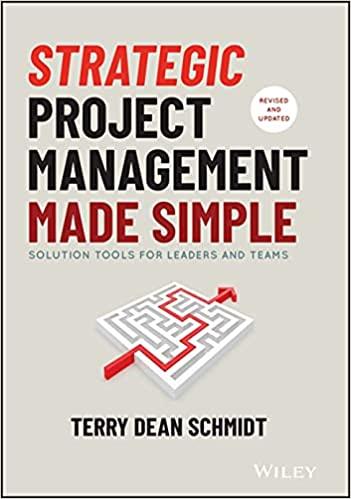Answered step by step
Verified Expert Solution
Question
1 Approved Answer
TOYOTA AUSTRALIA IN PERIL On Wednesday, December 1 1 , 2 0 1 3 , General Motors Holden ( Holden ) announced its plan to
TOYOTA AUSTRALIA IN PERIL
On Wednesday, December General Motors Holden Holden announced its plan to exit car manufacturing in Australia by the end of
Immediately after the exit announcement by Holden, Toyota expressed its fear that it was in peril:
This will place unprecedented pressure on the local supplier network and our ability to build cars in Australia. We will now work with our suppliers, key stakeholders and the government to determine our next steps and whether we can continue operating as the sole vehicle manufacturer in Australia. We will continue with our transformation journey as planned
Other stakeholders in the automotive industry also expressed similar fears. Apprehensive of Toyotas ability to continue manufacturing, the Australian Manufacturing Workers Union AMWU national vehicles division secretary Dave Smith, said, Its now highly likely that Toyota will leave Australia. In fact its almost certain.
Why did Toyota fear that Holdens exit would put unprecedented pressure on the local suppliers? How was Holdens exit related to Toyotas ability to build cars? Why were observers contemplating an exit by Toyota, the bestselling and most trusted brand in Australia, especially when it had been planning to continue its transformation journey? What had gone wrong with the company that had such a glorious long history of production? Should Toyota stop manufacturing in Australia?
TOYOTA AUSTRALIA: A GLORIOUS LONG HISTORY OF PRODUCTION
Toyota Australia Toyota; see Exhibit a subsidiary of Toyota Motor Corporation Japan, was founded in in Port Melbourne, Victoria, Australia. It started assembling vehicles in Australia in in the Melbourne factory of Australian Motor Industries. The first Toyota model assembled in Australia was the Tiara. Between and Toyota began assembling three more models the Corona, the Crown and the Corolla. At its new Altona plant in Melbourne, it started producing engines in and car body panels in In for the first time, Toyota started exporting. In Toyota began the local
manufacture of the Camry, which replaced the Corona, at the Melbourne plant. In Toyotas local operations were unified to form Toyota Motor Corporation Australia.
In Toyota stopped manufacturing in its Port Melbourne plant and shifted all its operation to its Altona plant in Melbourne. The Corolla was the first model to be built there. As a strategic shift, in Toyota expanded its reach to foreign markets by exporting the Camry to the Middle East, where it became the areas numberone selling car. From the Altona plant, Toyota also started producing the Avalon model in Its journey with innovative products continued in the subsequent period. In it released the Camry hybrid, the first hybrid car manufactured in Australia. It launched the New Generation Camry Model in
Toyota emerged as the market leader in Australia for the first time in It registered record sales of more than cars in and remained the overall market leader for the subsequent years see Exhibit and Exhibit The company also registered a huge success in the export market, and emerged as the leader in this segment. It exported almost twothirds of its production see Exhibit from the Altona plant to countries worldwide. In Toyota Australia, the countrys biggest automotive exporter, exported nearly units worth $ billionincluding parts and accessories
As per a poll conducted by Readers Digest Australia in Toyota was the most trusted automotive brand in Australia A balanced business model and innovative quality products were the keys to Toyotas past success and had helped to build its brand.
BUSINESS MODEL
Toyota Australia followed a balanced business model see Exhibit which included a threepronged strategy of manufacturing vehicles domestically, exporting some of its domestically manufactured vehicles and importing some components from cheaper sources.
In the domestic manufacturing process, Toyota followed the just in time approach to production, which allowed the entire production process to be regulated by the natural laws of supply and demand. Customer demand stimulated production of a vehicle, which, in turn, stimulated production and delivery of the necessary parts. The just in time approach resulted in the right parts and materials manufactured and provided in the exact amount and place where they were needed. Along with the just in time approach, Toyota also followed Kaizen the practice represented by employees making daytoday improvements in their working practices and equipment. Jidoka automation with a human touch, was another process adopted by Toyota. Such approaches to the domestic manufacturing process strengthened Toyotas brand image by contributing
Step by Step Solution
There are 3 Steps involved in it
Step: 1

Get Instant Access to Expert-Tailored Solutions
See step-by-step solutions with expert insights and AI powered tools for academic success
Step: 2

Step: 3

Ace Your Homework with AI
Get the answers you need in no time with our AI-driven, step-by-step assistance
Get Started


